Effective Soil Aeration for a Greener Lawn
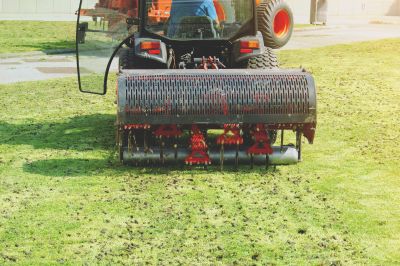
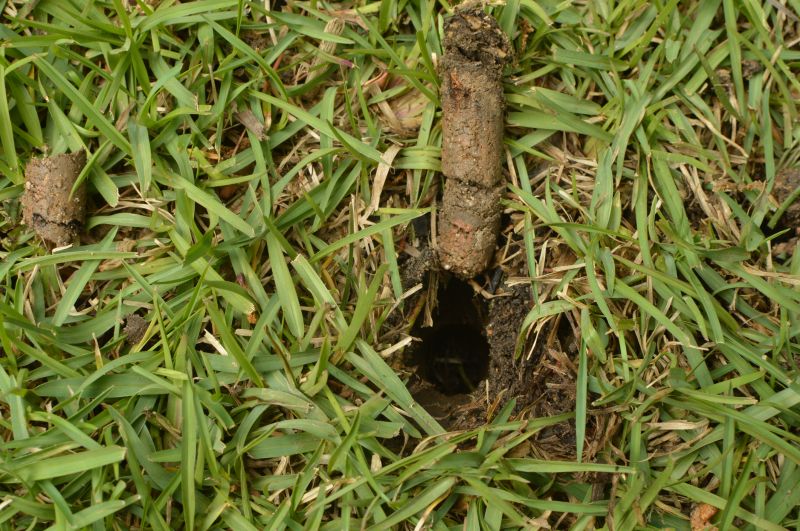
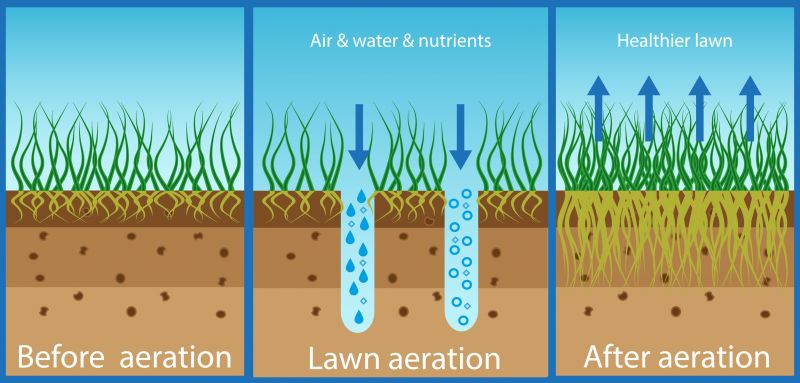
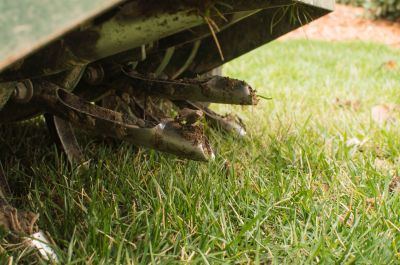
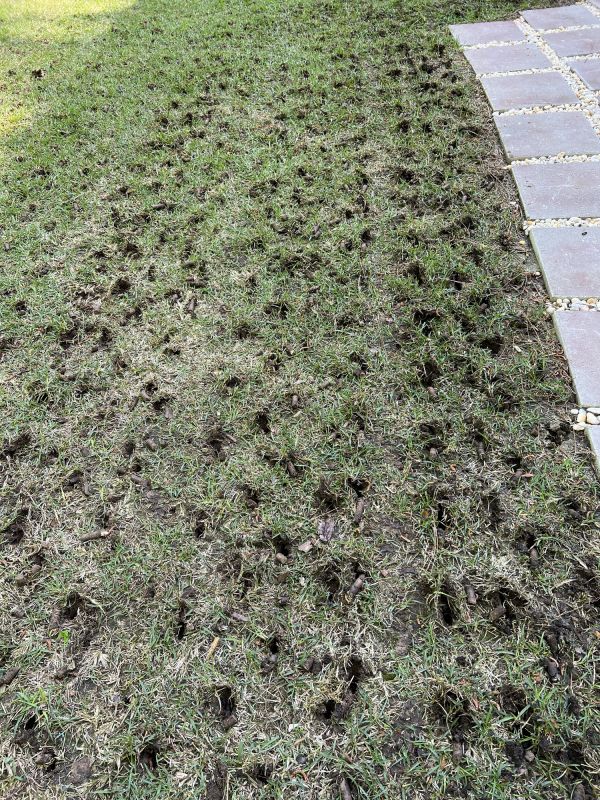
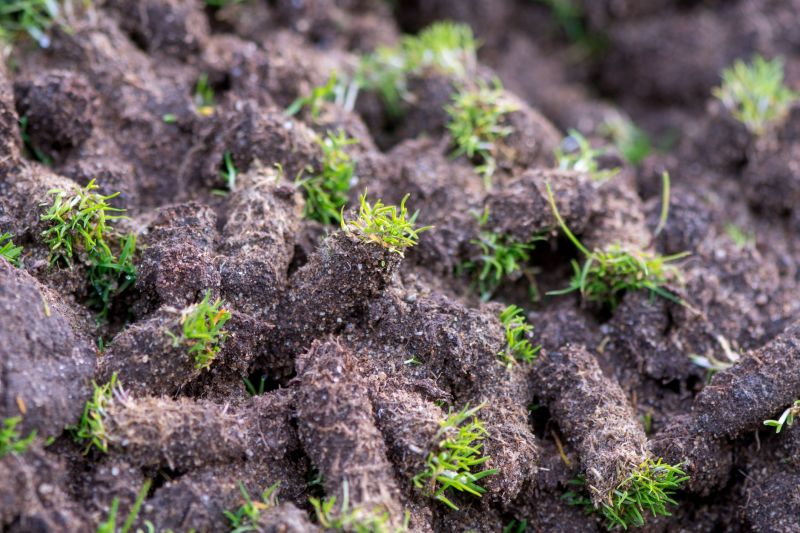
| Benefit | Description |
|---|---|
| Improved Soil Health | Aeration reduces soil compaction, allowing roots to grow more freely and access nutrients more effectively. |
| Enhanced Water Absorption | Perforations enable water to penetrate deeper into the soil, reducing runoff and promoting healthier roots. |
| Stronger Turf Development | Aeration encourages dense, lush grass by creating optimal conditions for root and shoot growth. |
| Reduced Thatch Buildup | The process helps break down excess thatch, improving air and water movement within the soil. |
| Increased Nutrient Uptake | Holes created during aeration facilitate better absorption of fertilizers and other soil amendments. |
| Lawn Resilience | Regular aeration supports a resilient lawn that can better withstand drought, pests, and diseases. |
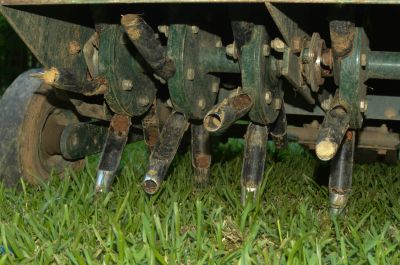

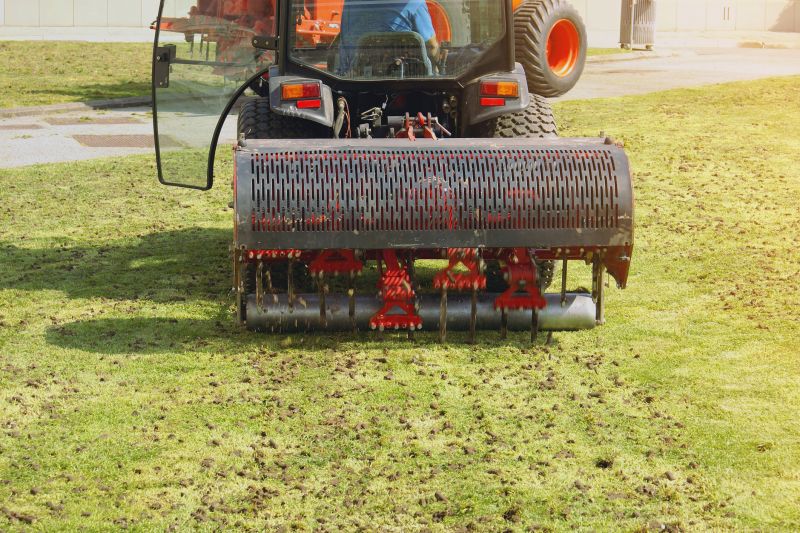
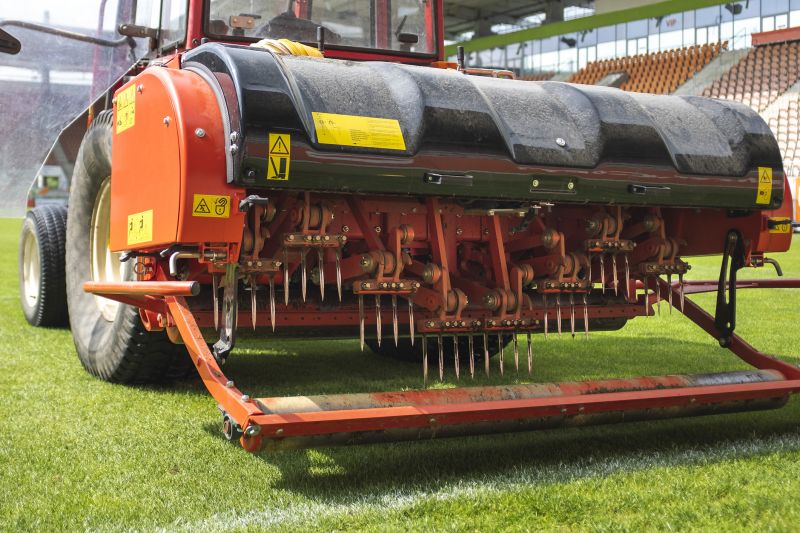

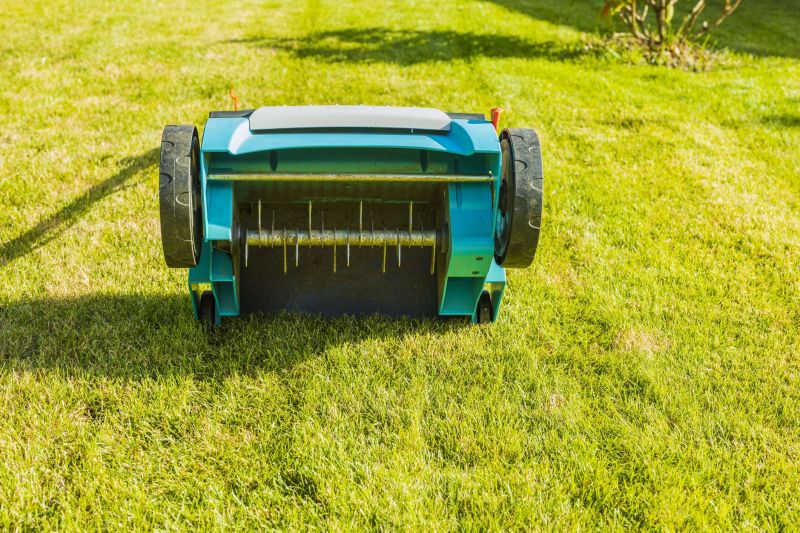
The lawn aeration process typically involves removing small plugs of soil from the ground using specialized equipment, such as core aerators. This can be performed manually or with powered machines designed for residential lawns. The process usually begins with assessing the lawn's condition to determine the best approach. Aeration is often done during the growing season when the grass can recover quickly. The equipment creates uniform holes across the lawn, which may be left on the surface to decompose naturally or raked away. Following aeration, it is recommended to overseed, fertilize, or topdress the lawn to maximize benefits. Proper timing and technique are essential to ensure the lawn's health and appearance improve over time.
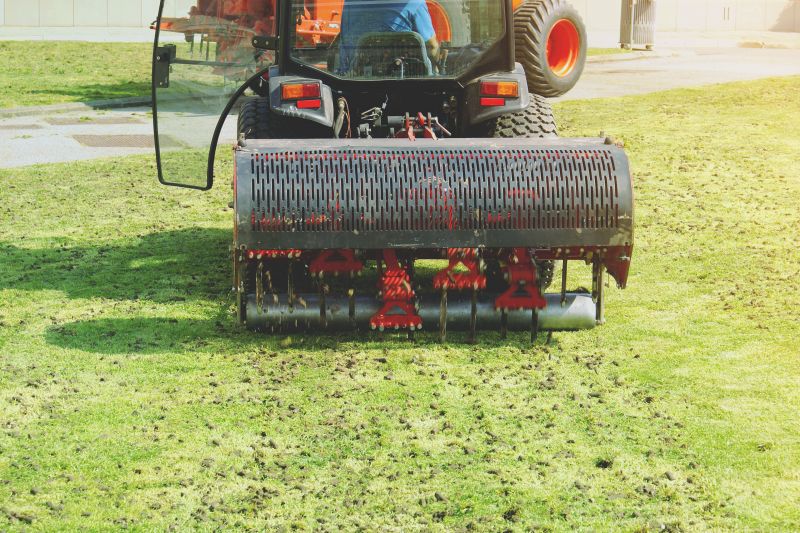
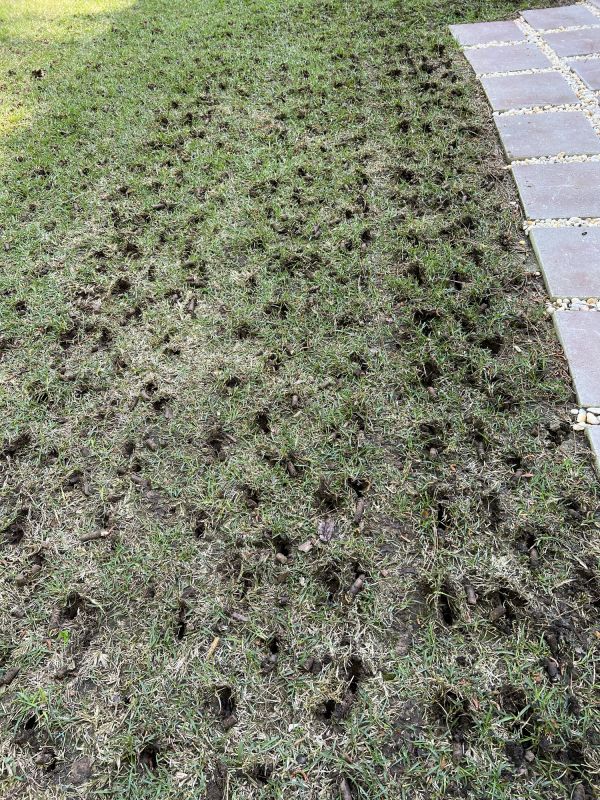
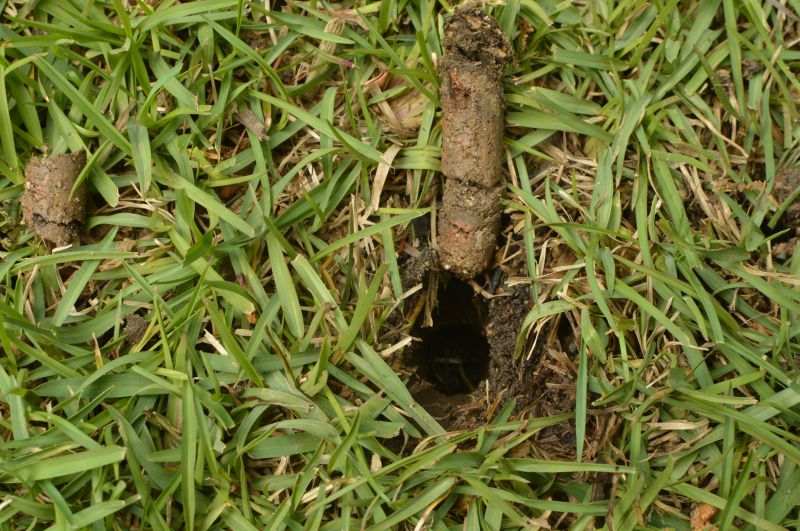
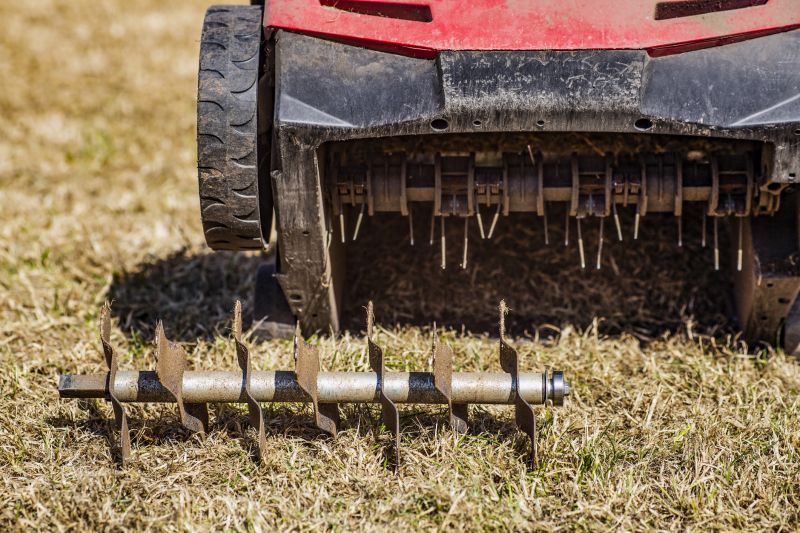
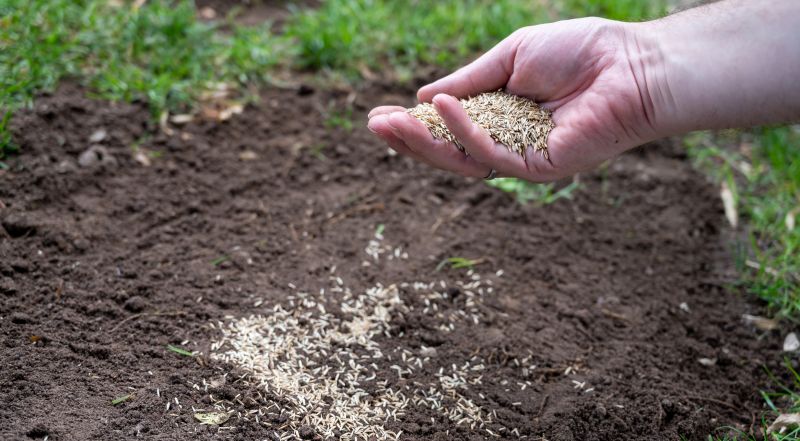
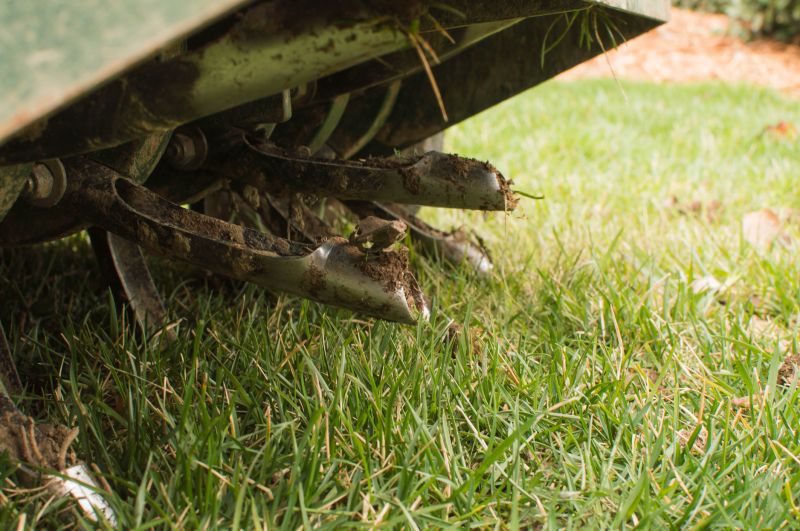
**Contact today through the form to receive a quote for residential lawn aeration services and help your lawn reach its full potential.**
